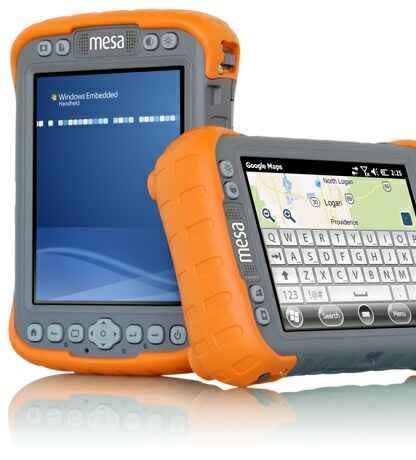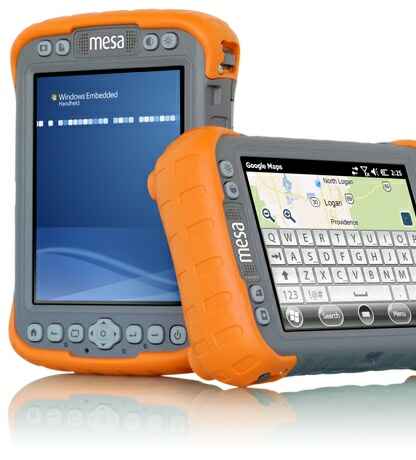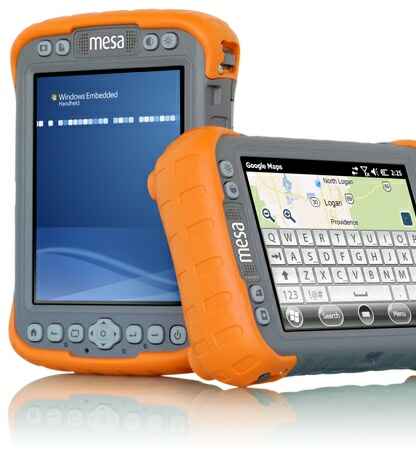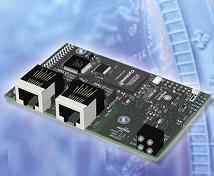Project Management and Configuration Tool for CANopen Devices and Systems
Overview
The CANopen® ConfigurationStudio is a powerful tool for project management and configuration of CANopen devices and systems. Special features of the tool include an user friendly interface, modularity and the underlying database concept. Based on a client-server structure, the tool is extremely flexible and can be customized using various program modules (client modules).

The range of applications of the CANopen ConfigurationStudio stretches from an easy to use device configuration tool which allows the user to comfortably manage and configure CANopen devices to a complex network configuration tool with automated PDO mapping and linking functions.
For entry-level users of CANopen devices and systems, the program offers client modules, which allow network configuration directly on the application level and hide all CANopen configuration data, such as PDO mapping, and the assignment of CAN identifiers. In this scenario, the user is only responsible for 连接ing input and output, or I/Os with network variables. The CANopen ConfigurationStudio is also prepared for integration with programming environments of CANopen PLCs.
The basis of the ConfigurationStudio is a database-oriented management of all configuration and device data required by the user. A very fast import function loads new device data from corresponding EDS files into the database.
CANopen devices and systems are configured using various client modules with different functionality. Access of the CAN bus is possible via an integrated CANopen client module, which also provides NMT and LSS functionality.
Highlights
- Automated PDO mapping and linking
- Support for network variables according to CiA 302 and CiA 405
- Configuration of CANopen manager devices according to CiA 302
- Structured and simple access to device data
- Prepared for integration with IEC 61131-3 CANopen PLC programming environments
- Fast database-oriented management of all configuration and device data from EDS and DCF files
Functionality
-
Project window
In the project window, the CANopen system is displayed in a concise tree structure in which devices can be grouped according to their respective functionalities. The project window also starts the corresponding client modules for a selected device, device group, or network. It is also possible to work on any number of project windows simultaneously.
-
Editing individual device records
To manually edit the configuration data for a CANopen device, the program provides two client modules, the object dictionary browser and the device configurator.
The device configurator presents the communication area (1000h-1FFFh) data in concise and easy to use input masks. The user no longer has to know the index and sub index designations or data formats of individual records. Instead, the desired values can be entered directly via radio buttons, check boxes and sliders. PDO mapping is accomplished with a drag & drop feature.

The object dictionary browser displays the object dictionary of a selected device in an easy to understand tree structure with index, sub index and object names. When an object is selected, all associated attributes are displayed, and the current value of the object can be modified.
-
Automatic PDO mapping and PDO linking
When dealing with larger systems, special knowledge is required for manual PDO mapping and linking, and the careful selection of PDO 连接ions becomes very time-consuming. The object linker offers a significant improvement by supporting fully automated mapping/linking of PDOs in only a few steps. All devices used in the project are presented in a matrix, sorted according to input and output data. The desired 连接ions between input and output devices are presented in the matrix with flags and are automatically calculated by the object linker.
-
Network variables according to CiA 302 and CiA 405
An其他 feature of the object linker is the support for devices implemented according to CiA 405. These devices constitute CANopen PLCs with programming environments according to IEC61131-3. The object linker allows any network variable definition according to the dynamic channel descriptions contained in the EDS files. Network variables provide the interface between the data contained in the CANopen system and the actual program within the control. Network variables can be created manually or by using the drag & drop functionality. The defined network variables may be 连接ed with actual input and output data in the matrix. In this case, the object linker is also responsible for calculating PDO mapping of the control.

-
Integration of PLC programming environments according to IEC61131-3
You can integrate PLC programming environments in one of two ways: either by exchanging DCF and NVX files as defined in CiA 405, or, by directly 连接ing the programming environment with the database server. The second solution requires modification to the programming environment, but, it has the advantage that the programming tool can immediately read and write the necessary data to and from the database. In addition, the tool can save its own data, such as source code, binary code or project information, in the database.
-
Database and database server
The core of the ConfigurationStudio is a fast, object-oriented database, which contains all CANopen device and system data normally contained in separate EDS and DCF files. The key advantage of this solution is that all data is accessible immediately after program startup, eliminating waiting to import EDS and DCF files. Client modules access the database via a database server that processes and coordinates each access. It insures that all client modules simultaneously processing information receive updated data values.
The object-orientated database approach offers the advantage of allowing customized client modules to save their proprietary data in the database.
-
EDS, DCF import and export
A very efficient import and export feature for EDS and DCF files, allows the user to set-up new project devices inside the database. It is also the default interface with 其他 CANopen tools. EDS and DCF files can be processed quickly, even with large file sizes.
-
Bus access, NMT and LSS functionality
CANopen network access is used to download device and system data. This client module establishes a 连接ion between the ConfigurationStudio and the CAN network via an IXXAT CAN interface card. This enables you to load data that has been edited offline into the CANopen devices on the CAN bus. You can also load the current configuration of a device 连接ed to the bus into the database, or compare it with the configuration contained in the database.
Also available are functions for starting and stopping a system, performing system scans to determine existing 节点, functions for calling on the store, restore function of a device, functions to start/stop/reset PLC programs, and LSS functions for parameterization of bit rate and node number of a CANopen device are available.
Hardware requirements
- IXXAT CAN interface card and VCI V3 CAN driver
Contents of delivery
- Software for Windows 2000/XP/Vista/Windows 7 (32/64 bit)
- Single-user license
- Manual

Additional information
A free demo version of the of the ConfigurationStudio is available on the IXXAT homepage.
Order number
| 1.02.0162.00000 | CANopen Configuration Studio |


